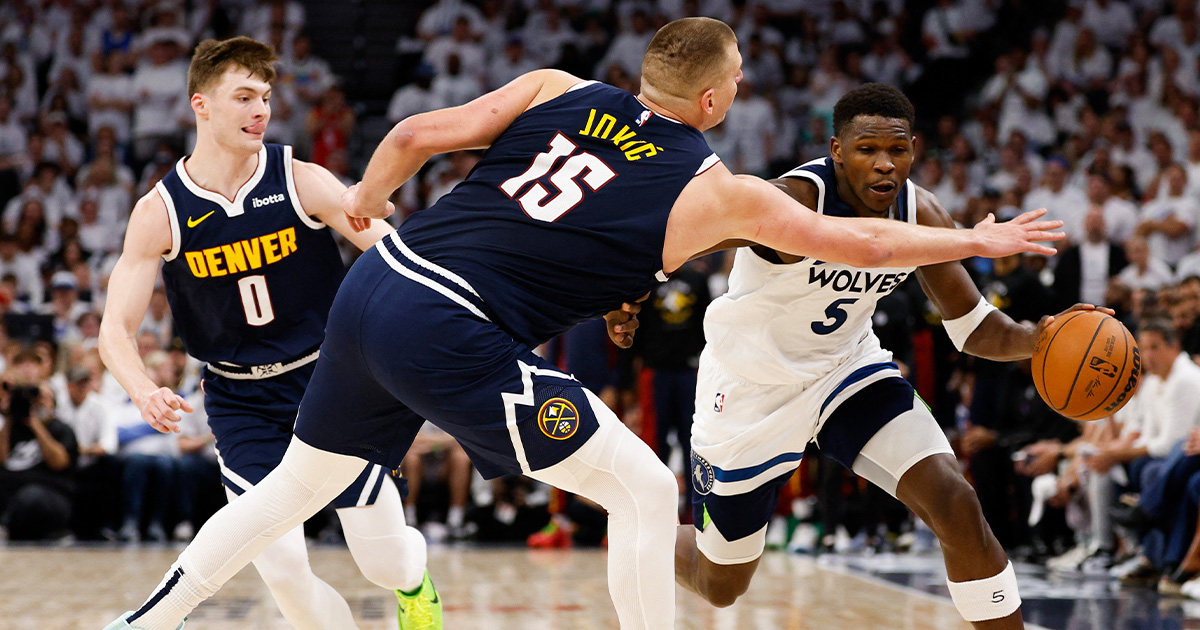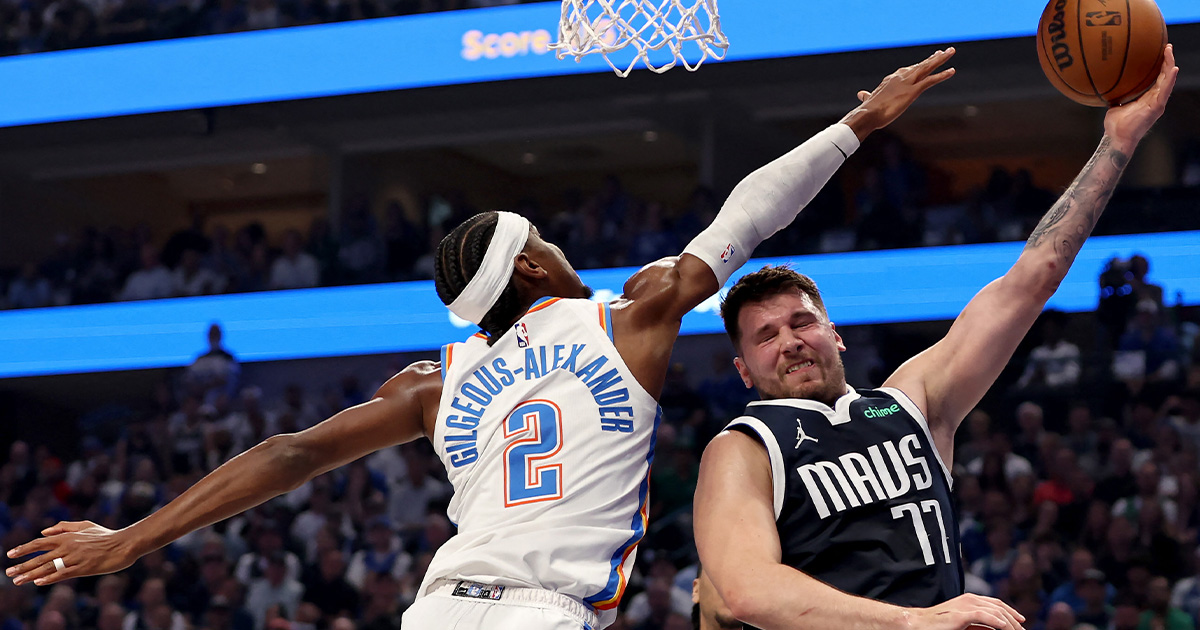Days ago, the Finals of the first-ever Mid-Season Cup has occurred between two LPL teams: FunPlus Phoenix and Top Esports. Meanwhile, their Korean counterparts barely got to taste the experience with three LCK teams getting beaten in the group stage, and then Gen.G were decisively beaten by the eventual champion in Top Esports.
Now that the competition is over and the numbers are out, let’s tackle why the LCK teams seemingly never stood a chance against the LPL teams.
Defining Playstyles
To better define the duality between these two teams, we’ll borrow some terms from League’s trading card game: Legends of Runeterra. These concepts may look applicable to only card games, but they certainly have a place in the MOBA scene.
On one hand, the LCK teams perfectly match the definition of the “control” playstyle, to which they play more reserved and chip at the different resources of the enemy team until they become relatively weaker. In League of Legends, it would be something like taking away the resources (gold, experience, Dragon Soul, Baron buffs) so that the enemy team cannot make optimal plays. Scaling for late game is also part of this concept.
On the other hand, the LPL teams are the clearly aggressive players (or “aggro”) who will try to make a lead by taking down the enemy and not giving them time to gather resources and scale. Playing champions that have huge base stats and numbers without relying on huge item powerspikes are perfect for this playstyle.
Playstyles in Action
The recent Mid-Season Cup is our best example to see how these playstyles interact, as the freshest international competition to come out of the League eSports scene showed some interesting reactions.
From a top view of the tournament, it looks like a close competition between the LCK and LPL with most 2-1 and 1-2 series scores across the board. Looking further, however, there are things like average game time and kill-death ratio that skewed the wins towards LPL teams.
On average game time, the top four teams that held the longest average game time in the tournament are DAMWON Gaming (39.7), T1 (37.0), JD Gaming (36.4), and Invictus Gaming (35.9). This implies that that these teams stalled the clock for a chance to win their games. In comparison, the bottom four (fastest to average order) were Top Esports (31.4), Gen.G (31.5), FunPlus Phoenix (33.5), and DragonX (35.7).
On kill-death ratios, Top Esports stand alone by a large margin (1.72) compared to the runner ups in DragonX (1.08), FunPlus Phoenix (1.07), and T1 (0.97). Of course, the leading champion would make sure to take any leads they can and close games with it.
On first blood percents (frequency of first bloods) Gen.G topped the charts with 71% first blood rate out of their 7 games. They are the outlier in the general image of LCK as their calculated aggression has shown results even against the LPL teams. In a clash between two aggressive teams, the first to draw their gun is the winner.
On first tower percents (frequency to take first tower of the game) T1, Invictus Gaming, and DAMWON Gaming were the highest with a 67% out of their three games. Historically, T1 and iG employed split pushing as an effective win condition, especially with the latter’s popularizing of Kalista Top due to theShy.
On first dragon percentage, Top Esports took the first dragon on 90% of their games, with DragonX following with 80% of their games. These two teams were also effective in executing a playstyle that capitalizes on the opportunities made from their initial leads, giving them a great chance to snowball their carries.
The caveat to these numbers was the marginally small sample sizes due to some teams not coming out of Group Stage. Regardless, it shows their performance in the global scene, even though it’s seemingly miniscule. League of Legends games tend to run for more than 20 minutes, which is plenty of time to see and show what the players are capable of, and their numbers come out and cannot lie due to this.
Overall, these numbers tell us that the “aggro” playstyles employed by teams like Top Esports and Gen.G are pretty effective, given how far they reached in the tournament. On the times that the aggressiveness was not perfectly executed, the control teams in JD Gaming and FunPlus Phoenix were able to take that fact and scale hard in the lategame to eventually roll over their opponents.
Looking at the big picture, the Mid-Season Cup tells us that the first to make a lead wins the game. If your playstyle makes you gain that lead earlier, statistically speaking you should win more games than lose games.
If aggressive playstyle is so effective, what separates pros from players around Bronze?
Execution is the defining factor in aggression’s successful plays. A clumsy aggressive play—one that blindly attacks with no recognition for the enemy—is essentially going to fail.
Compared to Bronze players, professional players are usually Diamond and above, and pros know the ins and outs as well as the limitations of the game. A Bronze Renekton and a pro Renekton will vastly differ in the times when they go in and deal their damage, taking into account jungle presence and enemy cooldowns.
Does this mean control play and scaling for late game is terrible?
Not necessarily. The reason why T1 won several World Championships is that despite playing for control, they are effective at denying their enemies from taking crucial resources.
At a time when the Dragon provided gold and experience instead of buffs, taking a single dragon meant boosting a team’s overall value by a huge margin.
When the aggressive teams fail to gain any leads, control teams will certainly win the matchup more times than they will lose.
Concluding Thoughts
Because League of Legends is a game of skill, the flawless execution in either aggressive or control playstyles makes the difference between winning and losing teams seem like day and night.
However, the nuances and the need for consistency put both aggression and control in a gray area, where they blend together and the definitive winning playstyle is unclear.
The difference between the LCK and LPL may be clear as day, but the weaknesses of their playstyles still exist. As the team to go home shamefully, maybe the LCK teams can learn a thing or two from the LPL teams and find a way to optimize their reserved and control playstyle to beat any aggressive LPL team.
Statistics from this piece are from Oracle Elixir’s statistics on the 2020 Mid-Season Cup, updated on the 31st of May 2020.















